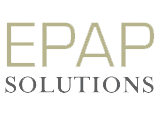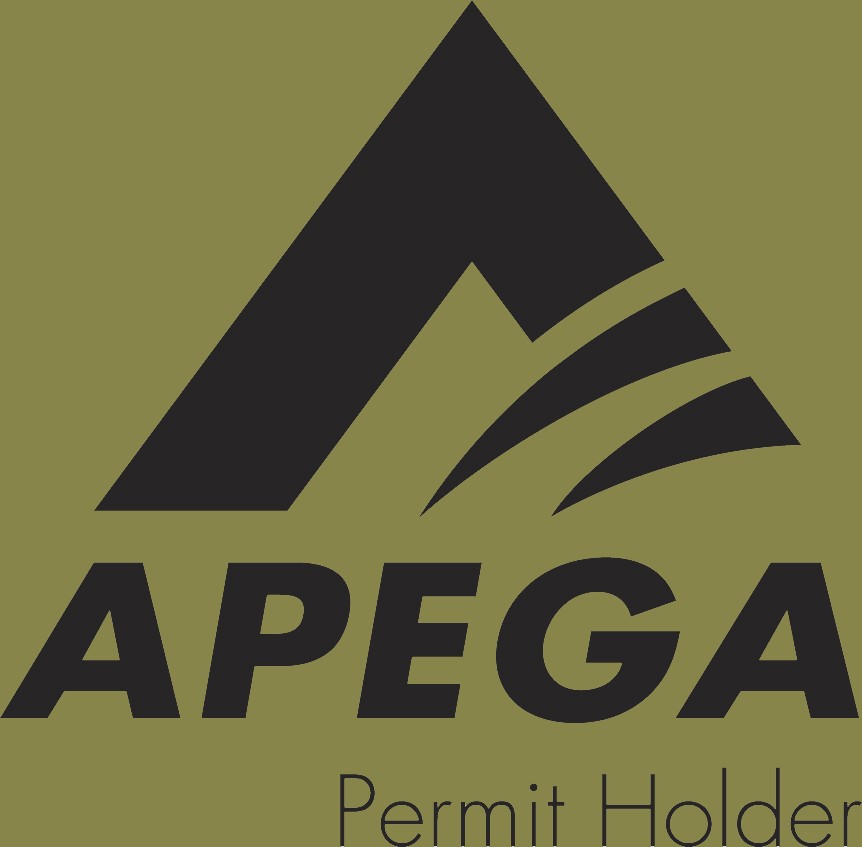This page highlights new AER requirements from Directive 076: Operator Declaration Regarding Measurement and Reporting Requirements and the Saskatchewan Ministry of Economy (ECON) requirements from Directive PNG076: Enhanced Production Audit Program (EPAP).
Declaration
EPAP requires that operators annually declare the state of their infrastructure designed to ensure compliance with the Regulators’ measure and reporting requirements to a reasonable level of assurance. Operators must have senior executives with provincial authority sign the declaration.
Operators are not asked to declare that they are fully compliant; only the extent to which they have controls in place that are intended to ensure compliance.
Attached to the declaration is a summary of the results of the operator’s evaluation of controls. (Evaluation of controls is described below.) To support this declaration, operators are expected to design controls, operate controls and evaluate their controls.
Most operators are implementing a new process to prepare and submit their declarations to the Regulator annually.
To invite a Corvelle consultant to your office to complete the EPAP Declaration, please contact us.
Controls
Controls are what operators use to ensure their business is conducted reasonably and to minimize the risk of noncompliance.
For example, a daily or monthly review of well test reports is a control to ensure reasonableness and completeness of well tests.
Staff at all operators routinely operates many controls, sometimes without being explicitly aware of it.
Most operators are reviewing the adequacy of their controls as part of implementing EPAP.
See a graphical view of the relationship among business processes, controls and evaluations of controls.
To invite a Corvelle consultant to your office to describe best practise approaches to strengthening controls, please contact us.
Evaluations of Controls
EPAP requires operators to annually conduct sufficient evaluations of their controls to continue to assure themselves, and the Regulator, that their controls are effective. Operators are expected to evaluate sufficient controls so they can declare with a reasonable level of assurance.
An example of an evaluation of controls is evaluating a sample list of meter calibrations for two months of the prior year for completeness and evidence that someone reviewed the list.
Where an operator concludes that controls are deficient, the Regulator expects the operator to develop and implement a plan to remediate the deficiencies.
Most operators are implementing a new process to conduct evaluations of controls to provide the data needed to support their declaration to the Regulator and to better understand the remediation work that may be needed.
See a graphical view of the relationship among business processes, controls and evaluations of controls.
To invite a Corvelle consultant to your office to describe best practise approaches for evaluating controls, please contact us.
Compliance Assessment
Compliance Assessment is the process that both operators and the Regulator use to identify indicators of potential noncompliance.
Each month the Regulator distributes a CAI Report to all operators detailing items that are of concern to the Regulator. The CAI Report displays occurrences where the reported volumetric data passed the Registry edits but it’s puzzling nonetheless.
For example, the identical fuel volume at a facility for several months in a row even though the production volume varied considerably over that time period.
The report does not directly identify noncompliance events, but instead lists conditions in the data available to the Regulator that suggest there is risk of noncompliance.
Operators are encouraged to investigate items on the CAI Report. If a noncompliance is discovered, EPAP requires operators to remediate the situation by enhancing the business process and/or the control over that process.
Items shown on the CAI Report are not noncompliance events. Indicators are just that; an indication that there is risk of noncompliance at a particular facility.
The CAI Report scores every item and provides an operator total score. The Regulator expectation is that all operators will work to reduce their score over time.
Most operators are implementing a new process in which the Production Accounting group will lead the investigation of items on the CAI Report with the support of Field Operations, Measurement and Engineering groups where needed. The typical resolution will be either a conclusion that the CAI item is a false positive or implementation of a process improvement that will significantly reduce the risk of the CAR item appearing again in the future.
To invite a Corvelle consultant to your office to describe how to investigate specific CAI items, please contact us.
Workflow Items
If the Regulator identifies a situation that indicates the possibility of noncompliance, the Regulator will create a Workflow Item in discussion with operator staff to direct the operator to investigate the situation. The operator must investigate and, if necessary, prepare and implement a reasonable remediation plan.
For example, if the Regulator sees the compliance assessment score for a facility increasing from month to month to month, it suggests the operator is not reviewing and responding to the CAR. In this situation, the Regulator may create a Workflow Item to direct the operator to investigate.
Workflow Items are formal Regulator direction to operators to conduct investigations into indicators of potential noncompliance.
At most operators the goal is to avoid the additional scrutiny from the Regulator that comes with Workflow Items. Therefore, most operators decide to proactively investigate items on the CAI Report and implement remediation to reduce the risk of a recurrence.
To invite a Corvelle consultant to your office to describe how to avoid Workflow Items, please contact us.
Voluntary Self-Disclosure
EPAP adopted the Regulator’s Voluntary Self-Disclosure (VSD) process. This process allows an operator to make a self-disclosure of noncompliance and thereby pre-empt a formal Regulator noncompliance finding. The AER VSD process is described in detail in Directive 019 – Compliance Assurance.The ECON VSD process is described in detail in Directive PNG076.
Provided that the operator completes the proposed remediation plan on schedule, the operator avoids a formal Regulator noncompliance finding.
The Regulator’s EPAP functionality in Petrinex includes functionality for submitting and managing VSD’s.
To invite a Corvelle consultant to your office to describe when to use Voluntary Self-Disclosures and when not to, please contact us.
Escalation
Escalation is the process that the Regulator uses to direct the operator to provide more information if an investigation and subsequent remediation fail to correct an indicator of potential noncompliance.
For example, if the Regulator sees the compliance assessment score for a facility increase even after the operator claims to have taken remedial action, then the Regulator may become suspicious that it is being misled by the operator.
When an operator receives a request for more information from the Regulator, the request is often an indication of failure on the part of the operator to operate with reasonable compliance.
In the event that an operator fails to provide the requested information, the Regulator may further escalate the process by invoking the provisions of Directive 019 – Compliance Assurance.
Most operators decide to operate in a way that avoids this scrutiny from the Regulator.
Download a copy of AER Directive 019 or ECON Directive PNG076.
To invite a Corvelle consultant to your office to describe how to avoid Escalation, please contact us.



